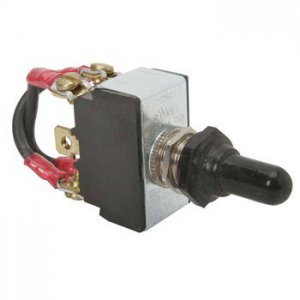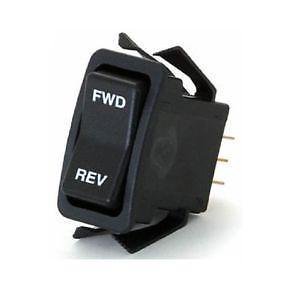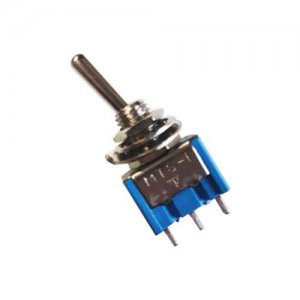Old geezer throwing his 2 cents worth in, yet again. This issue has been covered many times in the past, just look into older posts. It seems to have been covered here, as well. Although a little spotty, with so many contributors holding forth. I am (was) a commercial/industrial electrician. This job is always just a few minutes of studying the motor and then hooking it up. You've already studied the motor, so... ... ...
First issue, single phase motors are
NEVER instantly reversing. Plugging only works on 3 phase and DC motors. If you flip the reversing switch when it's running, nothing happens. It keeps running, usually to the detriment of whatever work is being done. There must be an
ON/OFF switch, usually separate. There are exceptions to these, as any, rules. But, all in all, rare.
Many(most) folks
end up with a drum switch, which serves both purposes. Although they may not have started with one. Looking into the "innards" of a drum switch, you will find a pair of contacts that operate in both directions. And four others that make up a reversing switch. I won't go any further on that subject because there are many different designs.
To answer your original question, you will need 2 switches. Assuming that most of your work will be uni-directional, the ON/OFF switch is the more subject to wear. On my Atlas miller for example, I had the front panel switch for ON/OFF. The reversing switch was hanging on a pigtail that dropped from the motor. It was eventually rewired with a drum switch, once I settled on a standard. In your case, where to hang the switch will be your call. Just make it a determined movement to operate.
There are several switches that are for that purpose, mostly costly. Just a DPDT switch works well enough. Wire the two red wires to the center two lugs. Wire the two motor stabs to the two lugs on one end. Then take the other two lugs and cross them and connect to the first end. Most any switch will do the job. Just look for the six lugs on the back. Go for the higher current switch, if available. The post prior has a very good photo of the switchs. The one on the left.
I must apologize, I'm still recovering from a computer crash. I have the drawing, just not sure where it resides right now. A couple of months back, I was prowling on eBay. There was a listing for a motor switch, a drum switch, for about $12US. Plastic, but well made. No flexing. I bought a half dozen, some to "standardize" my machines, some for standby parts. Not much more than a good toggle switch will cost. Just a longer delivery time. Worth looking for... ... ... BTW, WinDoze 10 sux, big time... ... ...
Bill Hudson
 $$
$$ $$
$$





